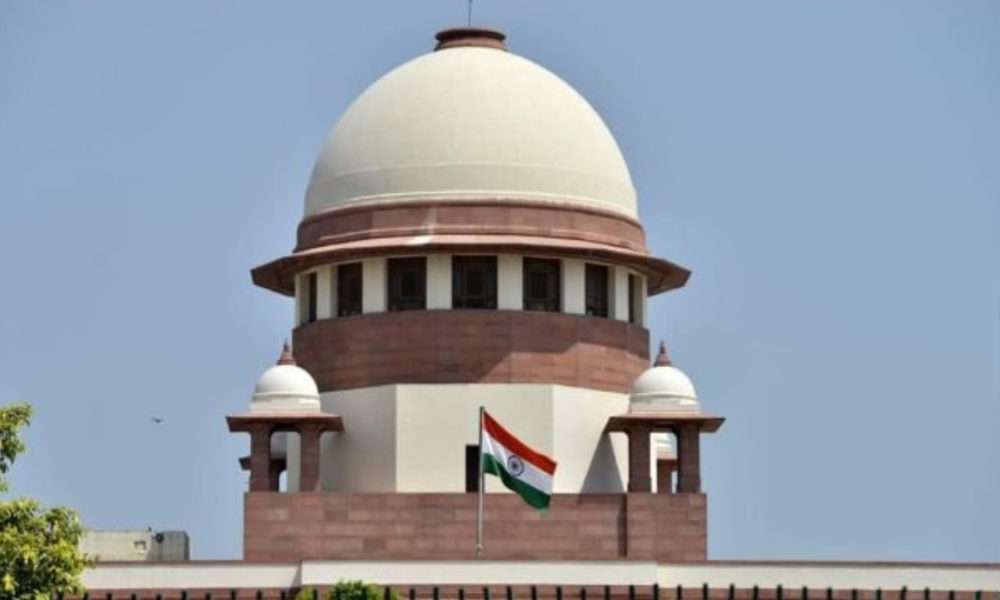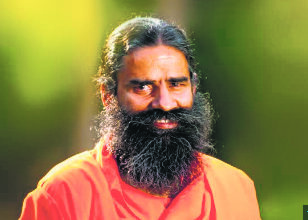As one of the measures to prevent the spread of the new deadly coronavirus, courts in major parts of the world are delaying trials and temporarily closing doors. While the move is rational in the face of the pandemic, the process could leave some cases in limbo for weeks, if not months. In the criminal context, this could be a huge barrier to access to justice for victims and in securing the rights of the accused. The Chief Justices of various judicial systems have issued guidance to trial courts seeking emergency orders to adjust or suspend court operations in light of the pandemic. In addition to these measures, new AIbased systems may prove helpful during these times and should, where available, be used to secure access to justice. An artificial intelligence (AI) driven judicial system would make sure that nothing stalls during the pandemic. While the system needed cleansing for decades, the medium of change that has come following the COVID-19 crisis is not merely ground-breaking but worthy of emulation by governments in their process reforms across policing, healthcare, and other public services on the one hand and registrations, compliances and filings for businesses on the other.
If we talk about India, a transformation has already begun in the Indian judicial system. From May 15, 2020 onwards, the Supreme Court of India has shifted to a new system of filing (“e-Filing – User Manual” for the Supreme Court) and “A Step by Step Guide for e-filing for High Courts and District Courts of India” that outline the details of what can be termed as process reforms in the judicial system. Justice Dhananjaya Y. Chandrachud, Chairman of the Supreme Court’s e Committee has ushered in these process reforms and Chief Justice of India Sharad A. Bobde under whose leadership they have been sealed. The system enables electronic filing of legal papers for both civil and criminal cases across courts. This will promote paperless filing and processing, while creating time and cost saving efficiencies. The system can be used by any Advocate-on-Record enrolled to practice in the Supreme Court of India or any or Party-inPerson litigant registered with the e-filing system. For High Courts and District Courts, the system is targeted at advocates, to whom the idea is being sold as a “Digital Era Advocate”. Some High Courts, such as the Delhi High Court has allowed Party-in-Person, while others are watching in the wings.
Four key features define this system. First, the system enables 24/7 filing. Members of the bar do not have to file their cases during court hours; they can do so from home at any time, on any day. Second, it enables online communication of defects and scrutiny of matters that are filed. The system has time slots for raising the defects and seeking rectification. Third, e-payment of court fees. And fourth, introducing the digital signature for all filing-related conversations.
All four features required lawyers or their clerks to stand in lines, over several counters, often standing on the knifeedge of case and process timeslots, causing delays through serial hearings in the dispensation of justice. With the help of technology-based new system all these are gone. Finally, for those who are not in tune with technology, the Registry Service will hand-hold them by engaging data entry operators in the Supreme Court, a system that could be used by High Courts and District Courts as and when they follow.
The artificial intelligence infrastructure will now play a big role in the organisation of courts, categorisation of matters, and process computerization. It will also allow extraction of information at the rate of 1 million words per minute and can be used for the purpose of deciding a case. There is visible eagerness around these changes at the top. “If we had this system when the Ayodhya matter was being heard, I don’t know how fast we could have dealt with it,” Bobde said while releasing the document. “Records of thousands and thousands of pages, information from that could be extracted in a minute.” Once all courts are plugged into this filing system powered by artificial sintelligence, Indian courts will be able to focus more on arguing for and delivering justice than on filings and paperwork.
The havoc of COVID-19 can be seen as a practice session for the Indian Legal Fraternity to prepare themselves for a new working environment. Along with hearings through video-conferencing, this process reform will go a long way in sharpening the justice system, tightening costs and reducing the financial burden of justice on citizens. But it is not that all cases can or will be heard on video. Some will have to be heard in flock.
However, with every new system, the e-filing infrastructure too will face some glitches. For instance, there will be the usual protests by the clerks who will now have to upgrade, adapt, add value to themselves and become executive assistants. The entire bulk photocopying infrastructure and filing of paper books in courts will need to find new sources of revenue. But if we trace the origin of technology back in the 1980s, when banking unions raised a big hue and cried saying computerization will replace their jobs. But finally they upgraded themselves and settled into related jobs. As said by Bobde, “While problems, as and when they come up, will be ironed out, there is no going back on this step”.
It is clear that equestrian these process reforms, India can envisage speedier justice. With full praise and glory to the Supreme Court of India for this new legal-tech based system, the nation watches closely how the new India’s Judiciary system shapes up, and in turn shapes the justice system to serve a 21st century India.
Adv. Preeti Ahluwalia is a practicing advocate at the Delhi High Court























